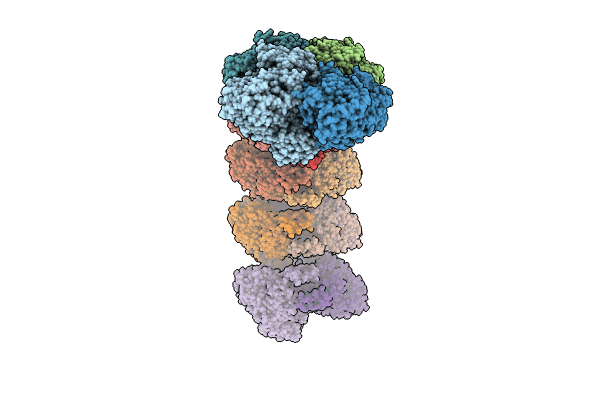
Deposition Date
2024-03-06
Release Date
2024-08-21
Last Version Date
2024-09-11
Entry Detail
PDB ID:
9AXE
Keywords:
Title:
Cryo-EM reconstruction of a Staphylococcus aureus oleate hydratase (OhyA) assembly of dimers bound to a liposome
Biological Source:
Source Organism:
Staphylococcus aureus (Taxon ID: 1280)
Host Organism:
Method Details:
Experimental Method:
Resolution:
3.10 Å
Aggregation State:
PARTICLE
Reconstruction Method:
SINGLE PARTICLE


